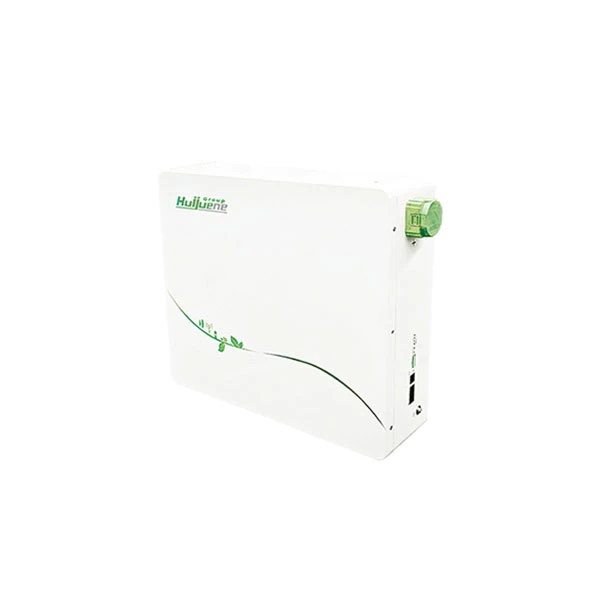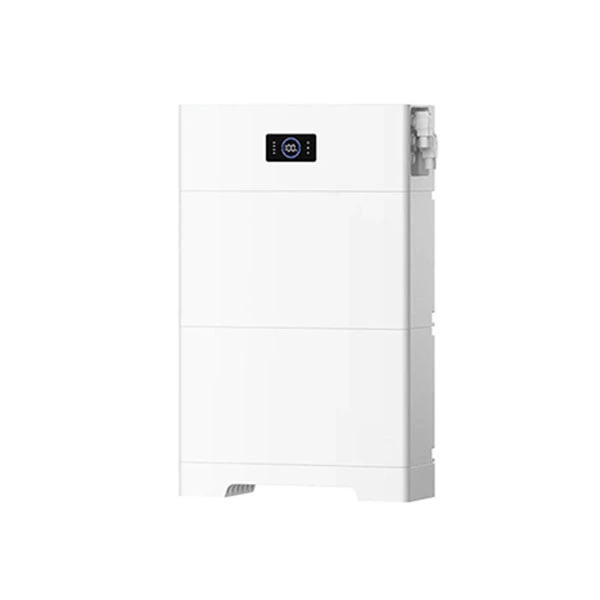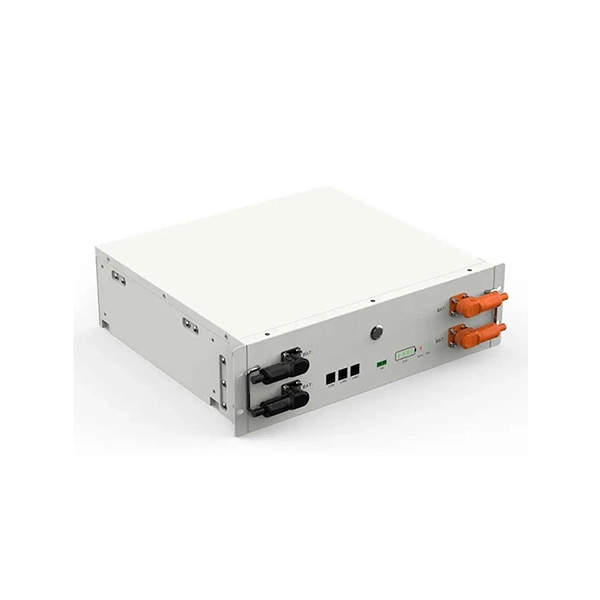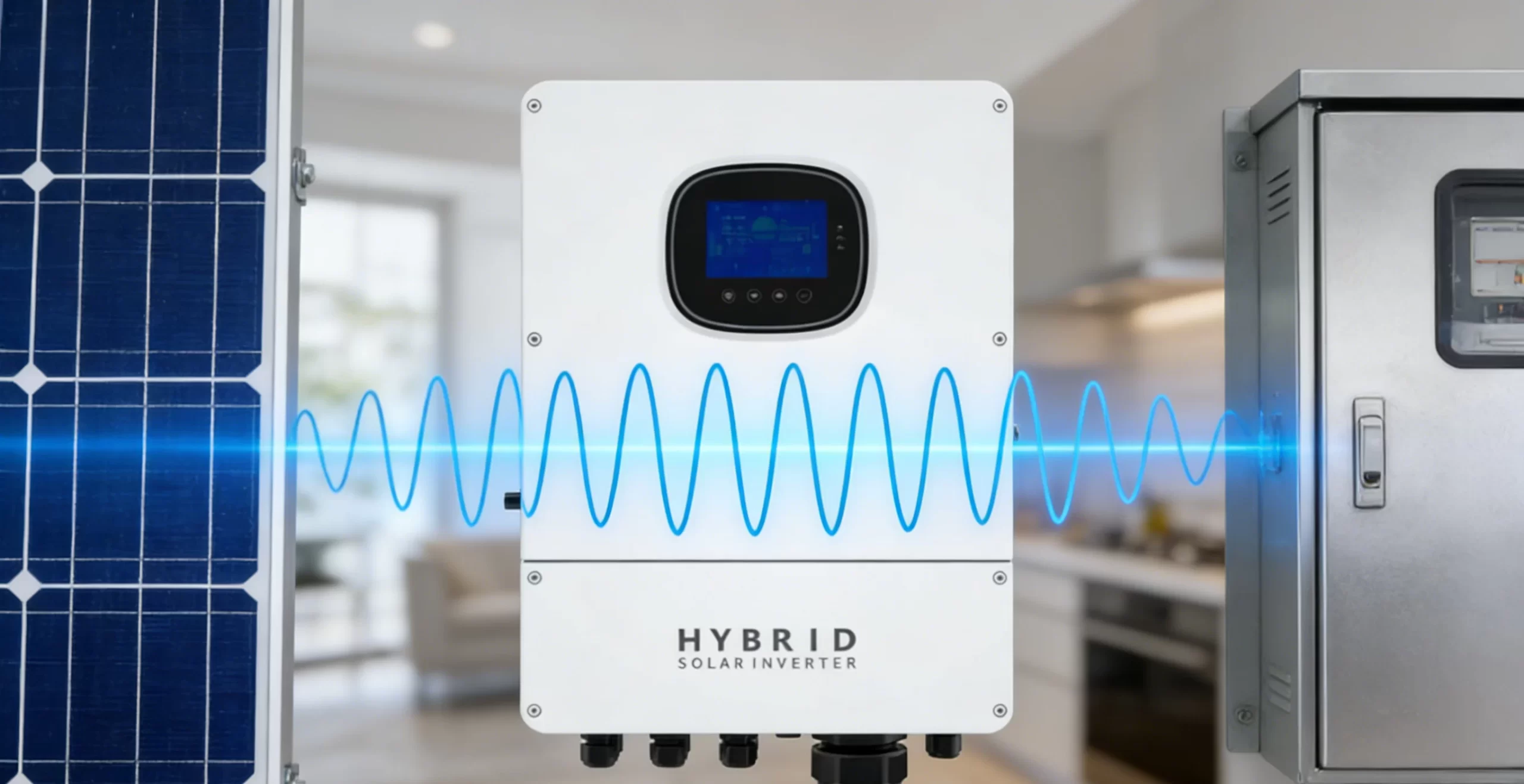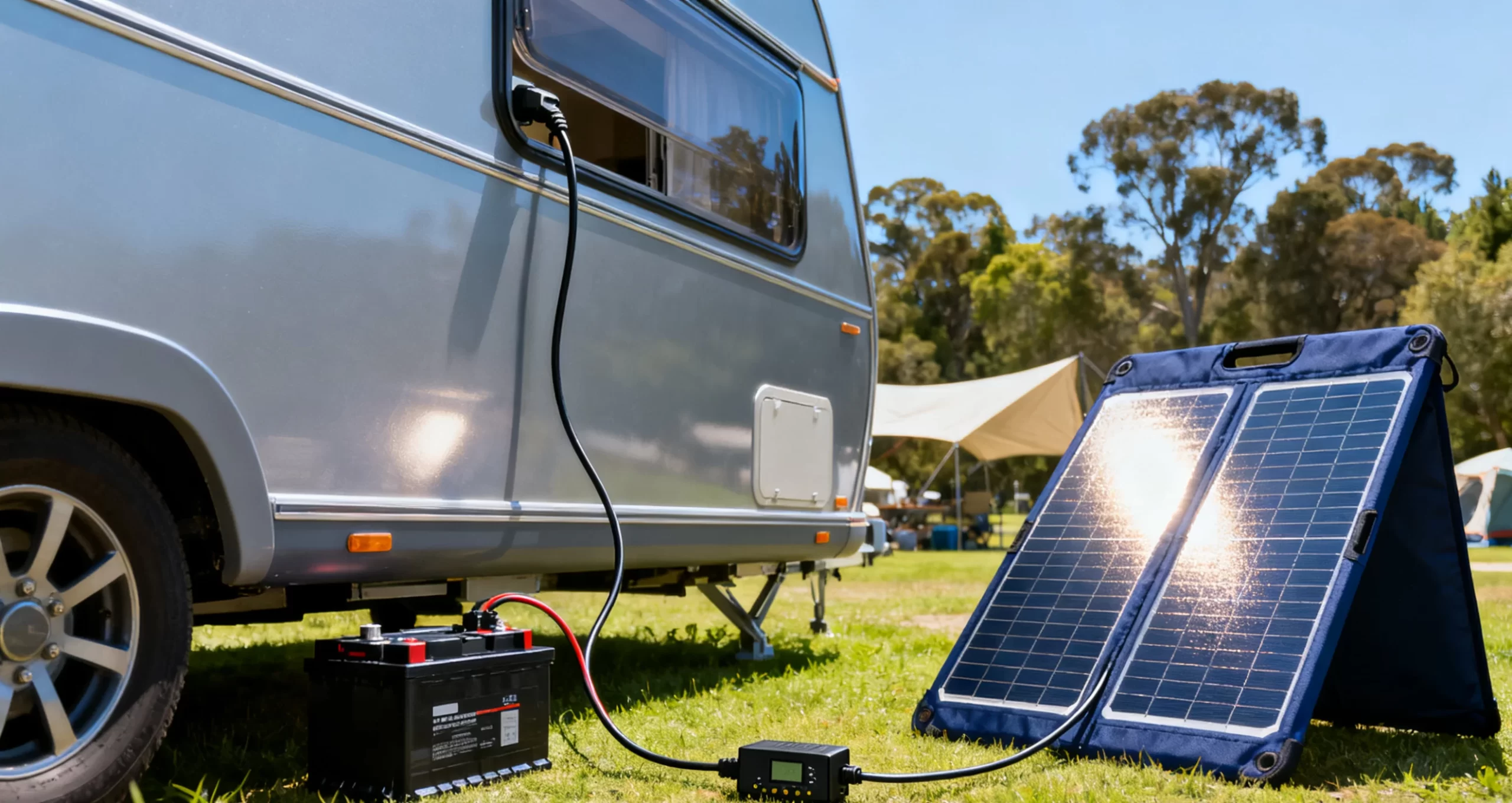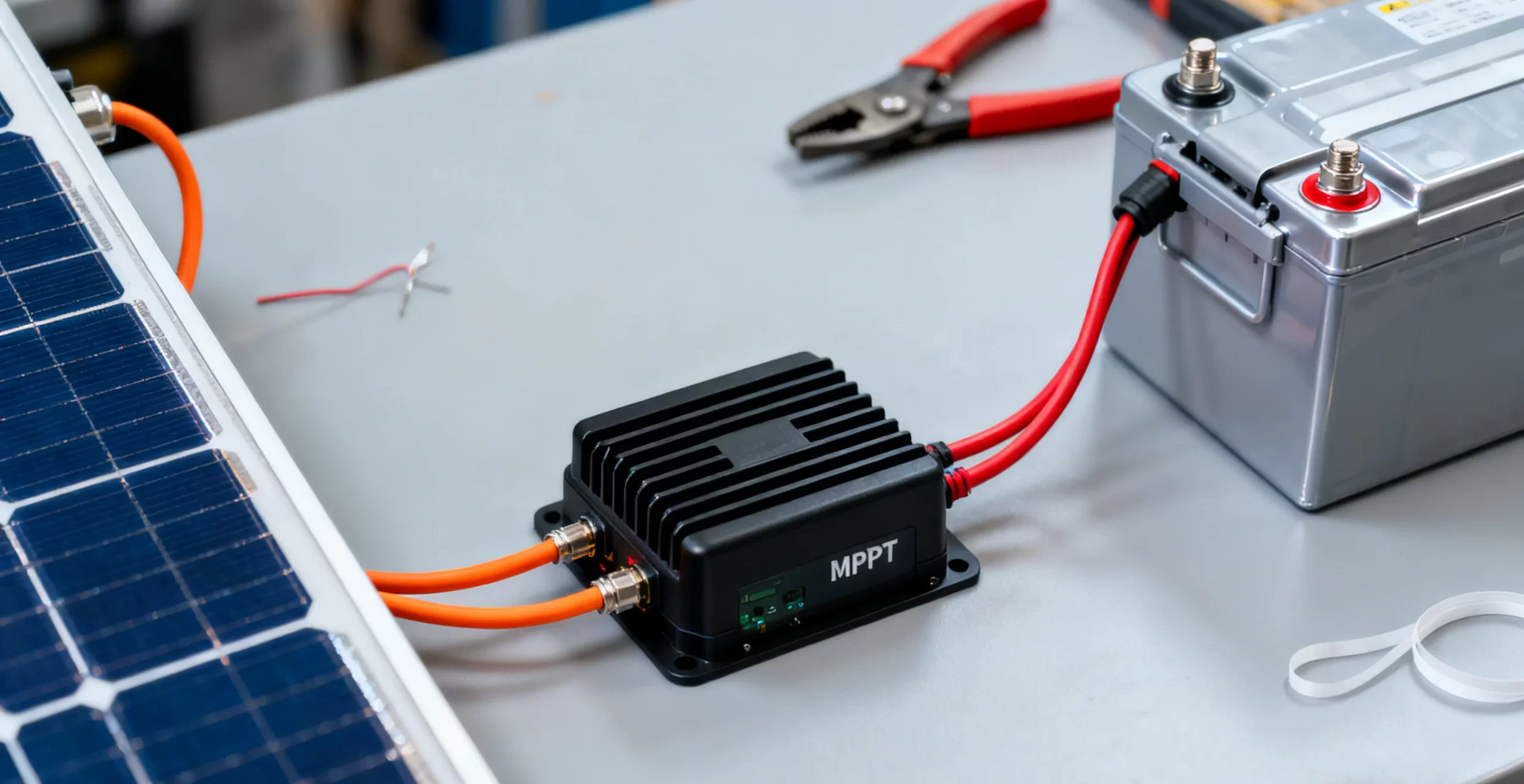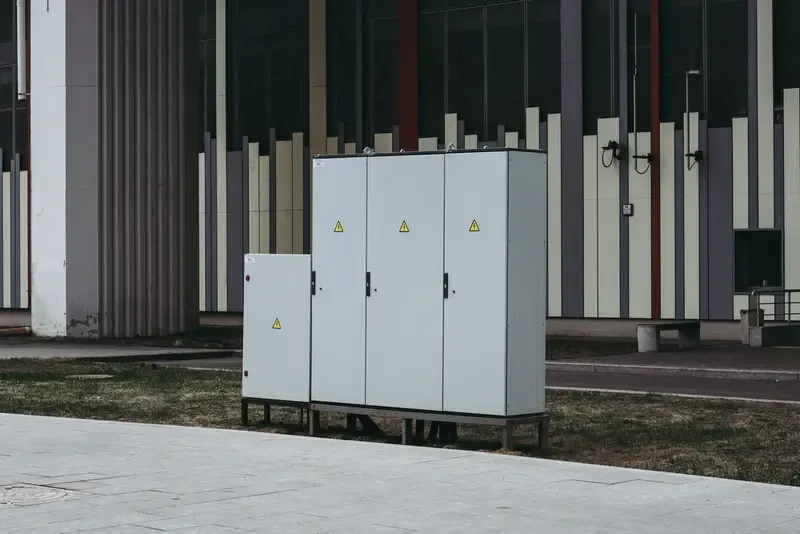Get A Quote Now!
How Many Solar Batteries Are Needed to Power a House? A Comprehensive Guide
As the popularity of solar energy continues to grow, many homeowners are considering how to make the most out of their solar systems. One crucial question that arises is: how many solar batteries are needed to power a house? The answer depends on several factors including energy consumption, solar panel output, and battery capacity. Understanding these elements can help you make informed decisions about your solar energy setup.

Understanding Solar Battery Requirements
To determine the number of solar batteries required for your home, you first need to assess your energy consumption. This involves calculating your household’s daily energy use in kilowatt-hours (kWh). For instance, if your home uses about 30 kWh per day, this figure will be pivotal in determining your battery needs.
Solar batteries store the excess energy generated by your solar panels for use when sunlight is not available. The size and number of batteries you need will depend on your energy consumption and the total capacity of your solar system. For example, if you have a battery with a capacity of 10 kWh, you might need three such batteries to cover a daily usage of 30 kWh.
Battery Capacity and Performance
The capacity of solar batteries is crucial in determining how many you will need. Battery capacity is typically measured in kilowatt-hours (kWh), which indicates the amount of energy the battery can store. Higher capacity batteries can store more energy, reducing the number of batteries needed.
Moreover, the performance of the batteries, including their depth of discharge and cycle life, also affects how many batteries you should use. The depth of discharge refers to how much energy you can safely use from the battery before recharging, while the cycle life indicates how many times the battery can be charged and discharged before it needs replacement.
Assessing Solar Panel Output
In addition to battery capacity, the output of your solar panels plays a significant role.Your solar panels generate energy during the day, which can be stored in your solar batteries. If your panels produce more energy than you consume, you might need fewer batteries.
For a well-balanced system, it is often recommended to have solar panels that produce about 25% more energy than your daily consumption. This excess energy can be stored in your batteries, ensuring you have enough power even on cloudy days or during the night.
Example Calculation
Consider a scenario where your home requires 30 kWh of energy per day. If you use solar batteries with a capacity of 10 kWh each, you would need at least three solar batteries to cover your daily needs. Additionally, factoring in a buffer for cloudy days and potential system inefficiencies, you might consider installing an extra battery or two.
The bar chart below illustrates a typical battery setup for various daily energy needs:
| Daily Energy Requirement | Battery Capacity | Number of Batteries |
| 20 kWh | 10 kWh | 2 |
| 30 kWh | 10 kWh | 3 |
| 40 kWh | 10 kWh | 4 |
Final Thoughts
Determining the number of solar batteries needed for your home involves evaluating your daily energy consumption, battery capacity, and solar panel output. By understanding these factors, you can ensure your solar energy system meets your needs effectively. Investing in high-quality solar batteries and panels can enhance the efficiency of your solar power system, making your home more energy-independent and sustainable.
For more information on choosing the right solar batteries for your home, visit our product page and explore the best options available for your needs.

